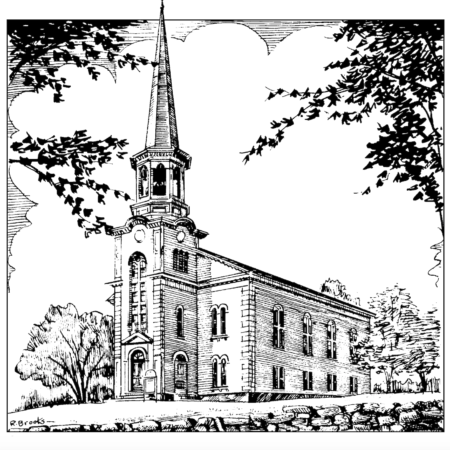How do we see those in our path?
Acts 8:26-40
26Then an angel of the Lord said to Philip, “Get up and go toward the south to the road that goes down from Jerusalem to Gaza.” (This is a wilderness road.) 27So he got up and went. Now there was an Ethiopian eunuch, a court official of the Candace, queen of the Ethiopians, in charge of her entire treasury. He had come to Jerusalem to worship 28and was returning home; seated in his chariot, he was reading the prophet Isaiah. 29Then the Spirit said to Philip, “Go over to this chariot and join it.” 30So Philip ran up to it and heard him reading the prophet Isaiah. He asked, “Do you understand what you are reading?” 31He replied, “How can I, unless someone guides me?” And he invited Philip to get in and sit beside him. 32Now the passage of the scripture that he was reading was this: “Like a sheep he was led to the slaughter, and like a lamb silent before its shearer, so he does not open his mouth. 33In his humiliation justice was denied him. Who can describe his generation? For his life is taken away from the earth.” 34The eunuch asked Philip, “About whom, may I ask you, does the prophet say this, about himself or about someone else?” 35Then Philip began to speak, and starting with this scripture, he proclaimed to him the good news about Jesus. 36As they were going along the road, they came to some water; and the eunuch said, “Look, here is water! What is to prevent me from being baptized?” 38He commanded the chariot to stop, and both of them, Philip and the eunuch, went down into the water, and Philip baptized him. 39When they came up out of the water, the Spirit of the Lord snatched Philip away; the eunuch saw him no more, and went on his way rejoicing. 40But Philip found himself at Azotus, and as he was passing through the region, he proclaimed the good news to all the towns until he came to Caesarea.
Historical Context
The story of the Ethiopian official is one of several conversion narratives in Acts. As an Ethiopian, he represents those who are geographically and culturally far away. As a eunuch he is ritually or religiously left out. Eunuchs were excluded from participation in Temple rituals and from full admittance into Israel’s community.
Theme: How do we see those in our path?
The main character is often called the Ethiopian eunuch. But that description names him by a characteristic of his body and his social standing. More importantly, the Ethiopian is a genuine seeker after God. This small point in the story can call us to question how we describe those who are placed in our path. How do we see them? Do we see them in terms of social, economic, racial, ethic, gender, or other identity markers? Or do we see unique persons in whom God is already at work?
Phillip was sent to meet him on the road from Jerusalem to Gaza. Notice first that God’s messenger is sent to go out to meet the one who is seeking God, rather than wait for the seeker to come to the Christian community. Notice also that Phillip engaged him in conversation through a question about what he was reading. Through deeper conversation, Phillip had the opportunity to “proclaim the good news about Jesus.” Most proclamations happen like Phillip’s conversation with the Ethiopian. It is most often a quiet conversation between one person and another. Phillip had no idea where this whole encounter would go; he didn’t strategize it or plan it. He simply followed the Spirit’s lead, joined the man on his journey, and confessed his faith when the conversation went there.


0 Comments